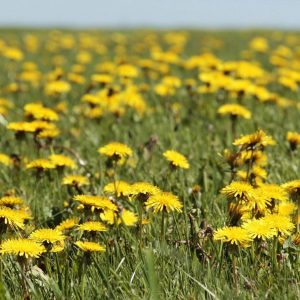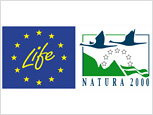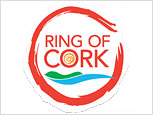The Dandelion is one of the most populated plants in Ireland yet remains very unpopular with many gardeners who view it as a weed. However, this little plant is a favourite with birds and some moth larvae and is an extremely important food for the early-flying insects in Spring, such as bees and some butterfly species. The common name ‘dandelion’ originates from the French phrase: dent-de-lion, meaning “lion’s tooth”.
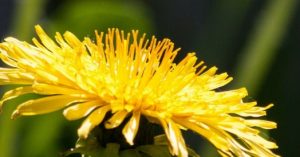
A member of the sunflower family, at this time of year they can been seen budding forth on any open or spare patches of ground or garden across Ireland. The species of plant is believed to have its origins in Eurasia over 30 million years old and spread across the globe during the interglacial period. The dandelion formed a part of the diet for some ancient cultures, such as the Roman and the Greeks, in fact they are still commonly eaten today in Greece.
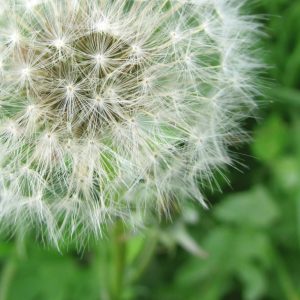
A member of the sunflower family, at this time of year they can been seen budding forth on any open or spare patches of ground or garden across Ireland. The species of plant is believed to have its origins in Eurasia over 30 million years old and spread across the globe during the interglacial period. The dandelion formed a part of the diet for some ancient cultures, such as the Roman and the Greeks, in fact they are still commonly eaten today in Greece.
The most common method of dandelion reproduction is through its wind-aided dispersal of seeds which germinate almost year-round. As with most plants, pollination of the dandelion occurs when insects carry a pollen from one flower to another. However, dandelions have both male and female organs on the same flower meaning the plant can also be self-pollinating. As many gardeners will know, Dandelions are resilient and can survive and regrow once their taproot remains intact below the soil.
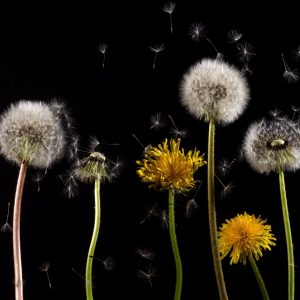
The seeds heads that the plants produce are a food source for some of Ireland’s native bird species such as the Goldfinch and the Greenfinch.
According to the National Biodiversity Data Centre, allowing pollen-rich wildflowers to grow (such as Dandelions or clover), will help towards reversing declines in our pollinating insect populations. Many recent studies have shown a decline in insect populations including a 2017 study from Germany which showed insect populations inside several nature reserves had declined by 76% over 27 years. The study also showed that in summer, the drop was even more extreme with populations declining by 82% – a time of the year when insect numbers should be at their peak. Dr Úna FitzPatrick, Project Manager and Co-founder, All-Ireland Pollinator Plan recently highlighted the importance of reduced mowing which led to an increase in the number of dandelions growing in Ireland in 2020. This correlated with an increase in the number of solitary bees recorded in Ireland that same year.
All in all – the humble dandelion is not a weed – but a wonder!
